
Bush Allamanda (Yellow) Plant in 10 inch Grow Bag
(MRP Inclusive of all taxes)
- Shipping ₹79 for entire order
- Dispatch in 7 days
- Country of origin: India

(MRP Inclusive of all taxes)
 Save 29%
Save 29%
Air Purifier Money Plant with Pot The Air Purifier Money Plant, also known as Pothos or Epipremnum aureum, is a stunning indoor plant that...
View full details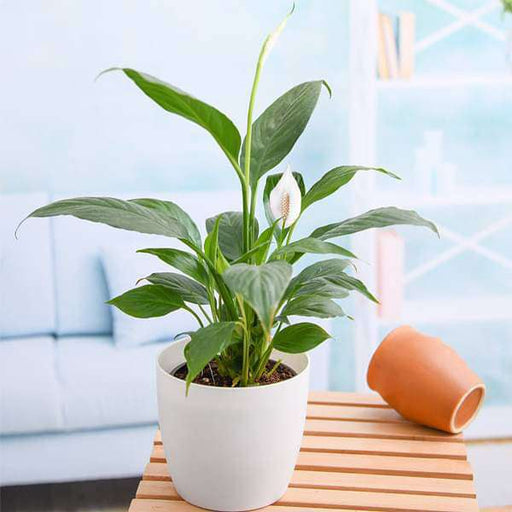
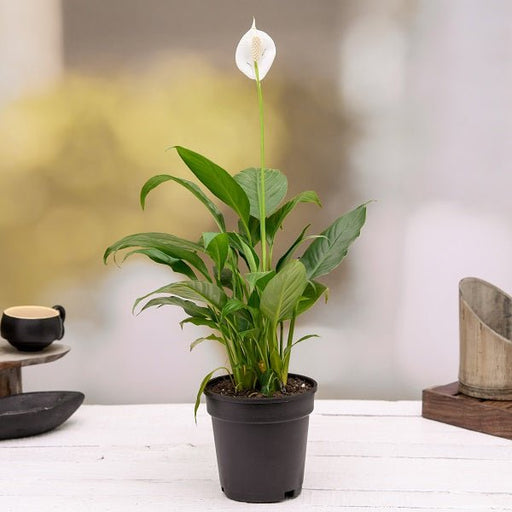 Save up to 15%
Save up to 15%
Peace Lily, Spathiphyllum - Plant The Peace Lily, scientifically known as Spathiphyllum, is a stunning houseplant celebrated for its elegant white...
View full details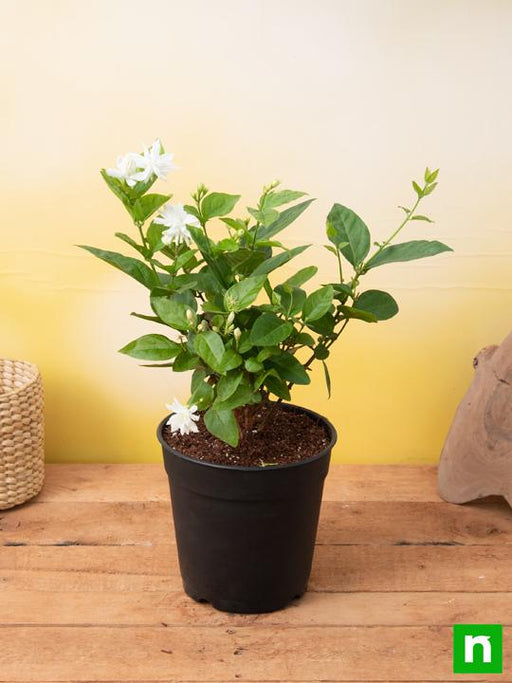
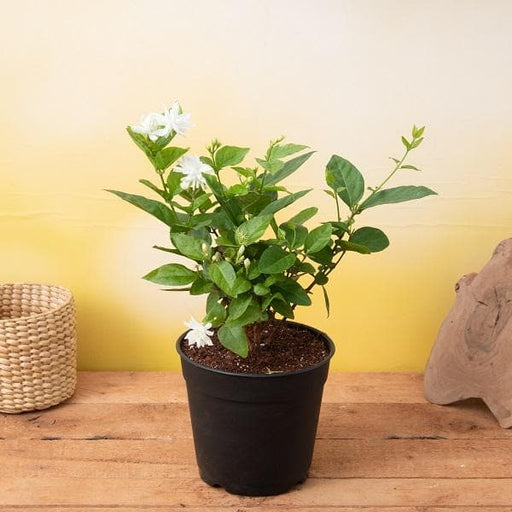 Save 25%
Save 25%
Jasminum sambac, Mogra, Arabian Jasmine - Plant Jasminum sambac, commonly known as Mogra or Arabian Jasmine, is a fragrant flowering plant...
View full details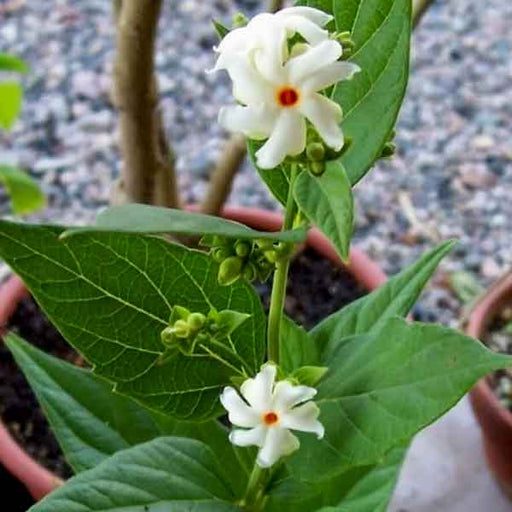
 Save 18%
Save 18%
Combo Constituents Includes the Parijat Tree (Night-Flowering Jasmine), a culturally significant plant with fragrant flowers. Description The Pari...
View full details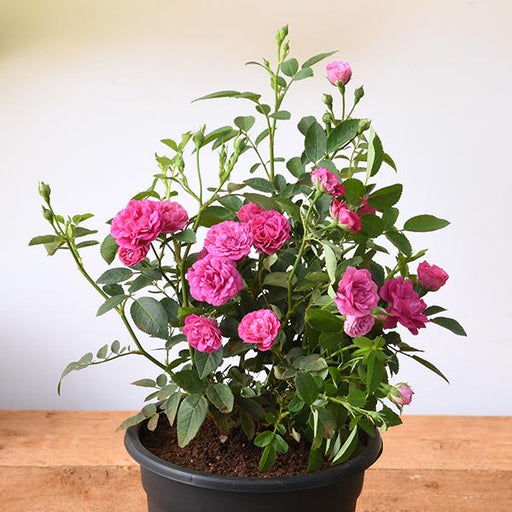
 Save 25%
Save 25%
Miniature Rose, Button Rose (Any Color) - Plant The Miniature Rose, also known as the Button Rose, is a charming and compact flowering plant that ...
View full details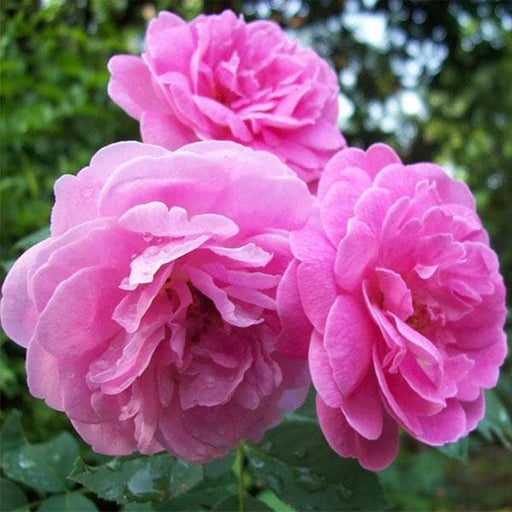 Save 25%
Save 25%
Damascus Rose, Scented Rose (Any Color) - Plant The Damascus Rose, also known as Rosa damascena, is a timeless symbol of beauty and romanc...
View full details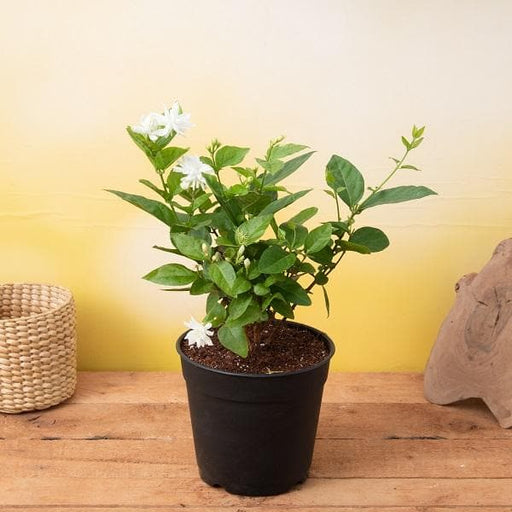
 Save 17%
Save 17%
Beautiful Fragrant Mogra, Arabian Jasmine Plant with Pot The Beautiful Fragrant Mogra, also known as Arabian Jasmine (Jasminum sambac), is...
View full details Save 15%
Save 15%
Pack of Vermicompost and Neem Cake for House Plants Transform your indoor garden with our premium Pack of Vermicompost and Neem Cake, spec...
View full details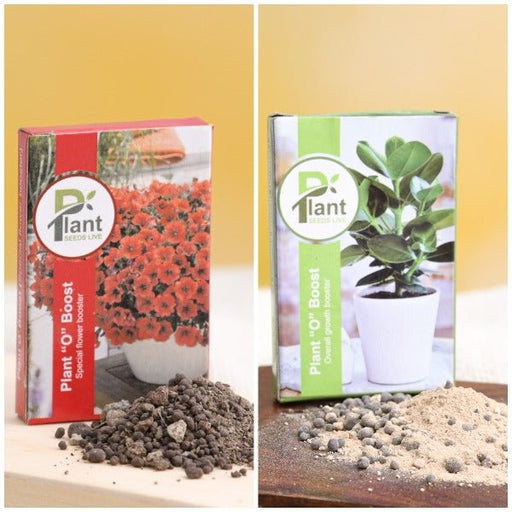
Pack of Plant Growth and Flower Boosters Unlock the full potential of your garden with our Pack of Plant Growth and Flower Boosters! This ...
View full details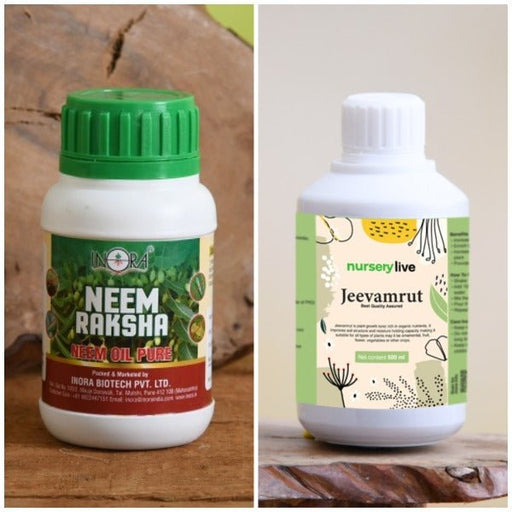 Save 38%
Save 38%
Combo of Jeevamrut and Neem Raksha for Easy Growth and Protection of Houseplants Transform your indoor garden with our exclusive combo of ...
View full details Save 22%
Save 22%
Plant Nutrients Kit (Pack of 16) for a Healthy Garden Transform your garden into a lush paradise with our Plant Nutrients Kit, featuring 1...
View full details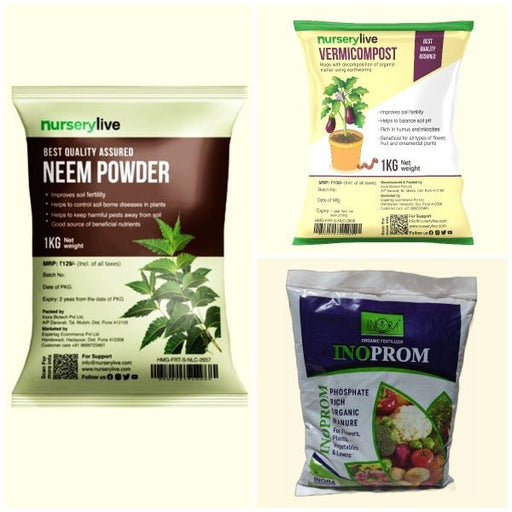 Save 16%
Save 16%
Combo of Top Plant Fertilizers Elevate your gardening game with our exclusive Combo of Top Plant Fertilizers, featuring two bags of premiu...
View full details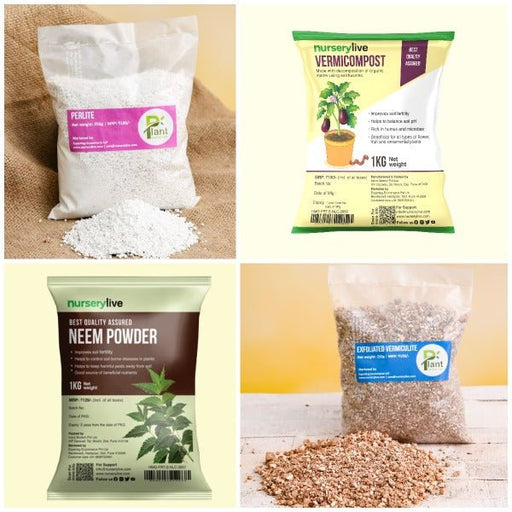 Save 24%
Save 24%
Pack of 4 Additives to Make Soil Healthy and Nutrient Rich Transform your garden into a thriving ecosystem with our Pack of 4 Additives de...
View full details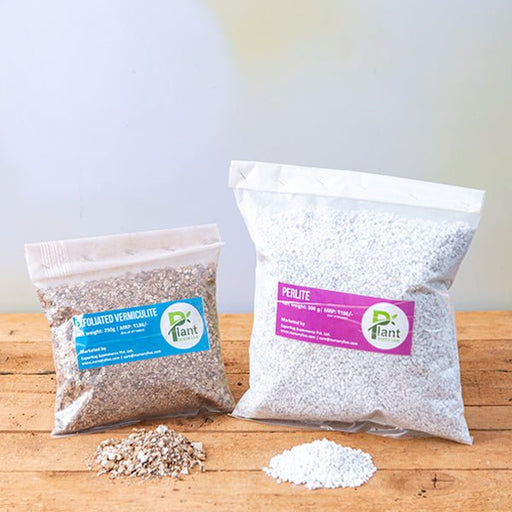 Save 30%
Save 30%
Transform your gardening experience with our premium Combo of Perlite and Vermiculite. This unique blend is designed to enhance soil aeration and ...
View full details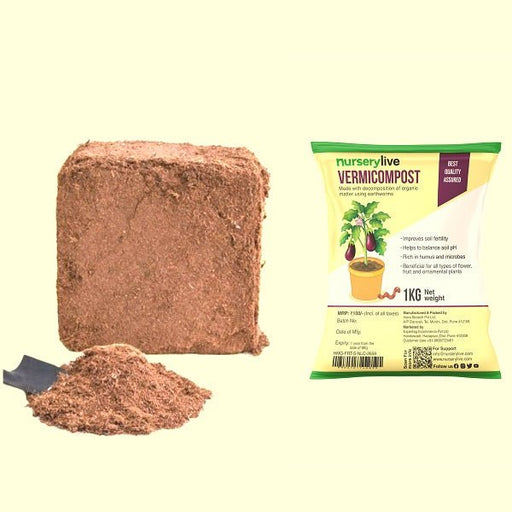 Save 27%
Save 27%
Combo of 2 Vermicompost and Cocopeat - Enrich Your Soil Naturally! Transform your garden into a thriving ecosystem with our Combo of 2 Ver...
View full details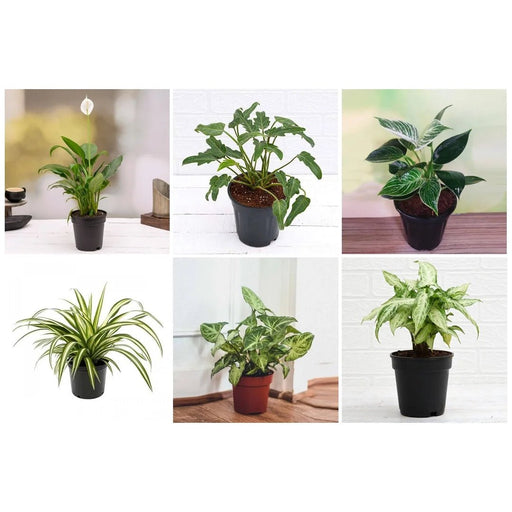
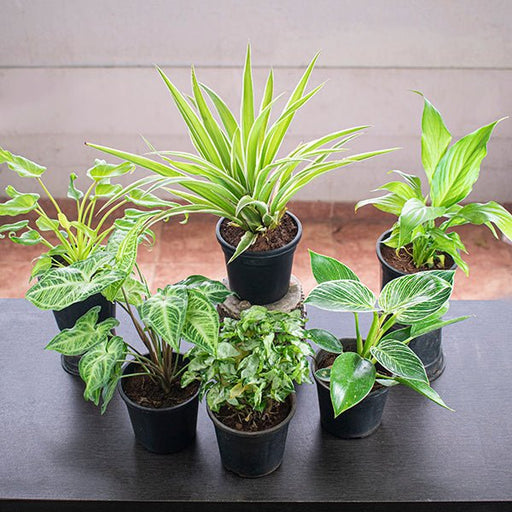 Save 35%
Save 35%
Best 6 Plants for Perfect Indoor Garden Transform your living space into a lush oasis with our curated collection of the Best 6 Plants for a...
View full details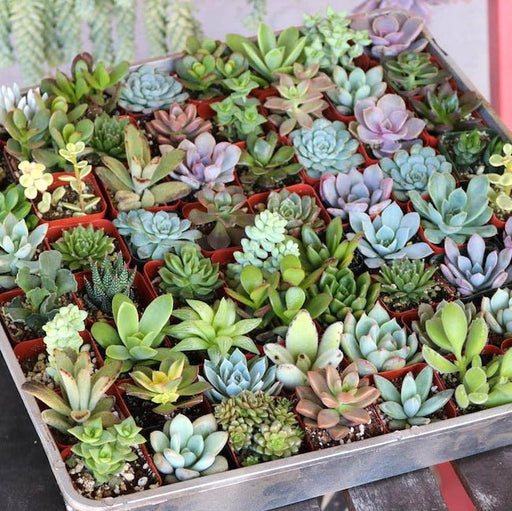
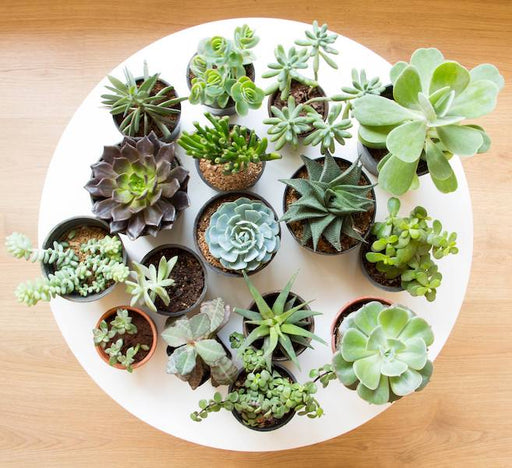 Save up to 50%
Save up to 50%
Mini Succulent Garden Pack Transform your space with our Mini Succulent Garden Pack, featuring a delightful collection of 4 any variety beautiful s...
View full details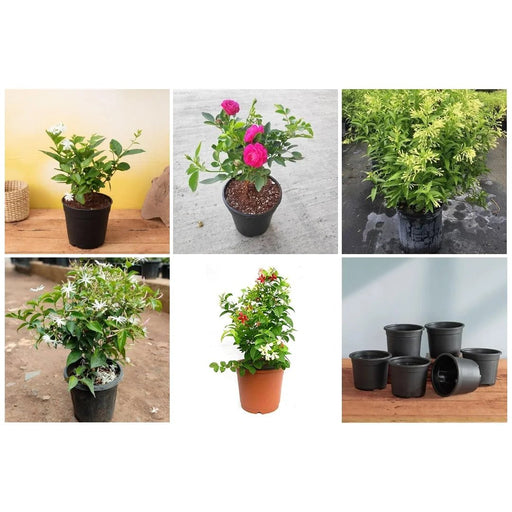
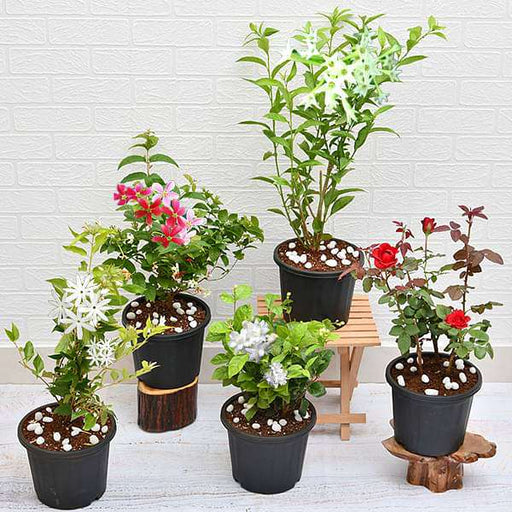 Save 30%
Save 30%
5 Best Fragrant Plants Transform your garden or indoor space into a fragrant paradise with our curated selection of the 5 Best Fragrant Plants. Th...
View full details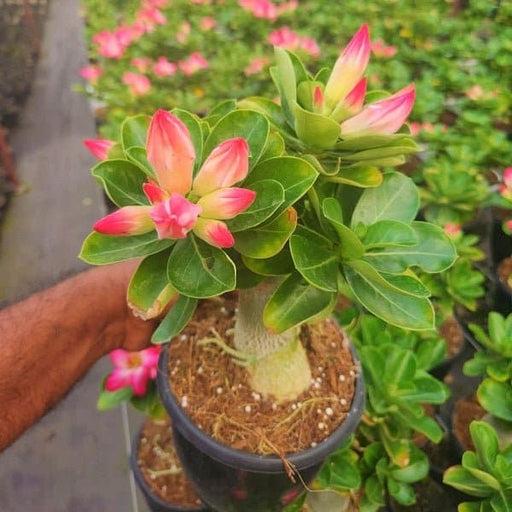
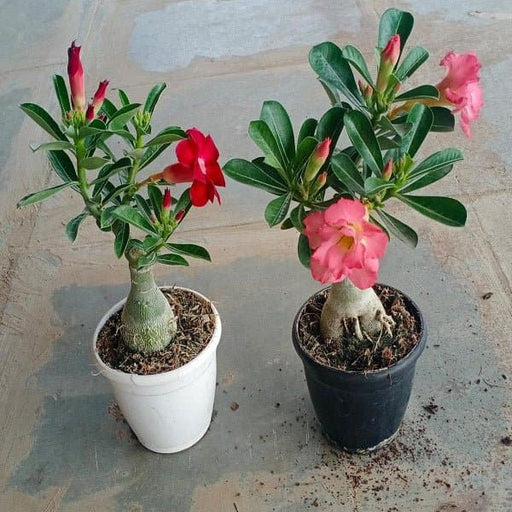 Save 24%
Save 24%
Set of 2 Bonsai Looking Grafted Adeniums Transform your indoor or outdoor space with our exquisite Set of 2 Bonsai Looking Grafted Adenium...
View full details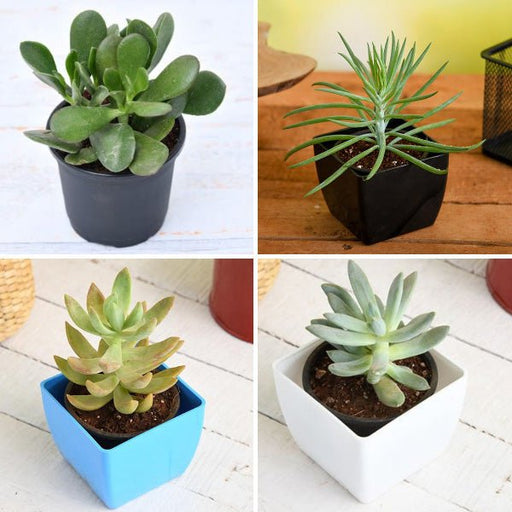 Save 45%
Save 45%
Top 4 Die Hard Succulents Pack Transform your indoor or outdoor space with our Top 4 Die Hard Succulents Pack, featuring a curated selecti...
View full details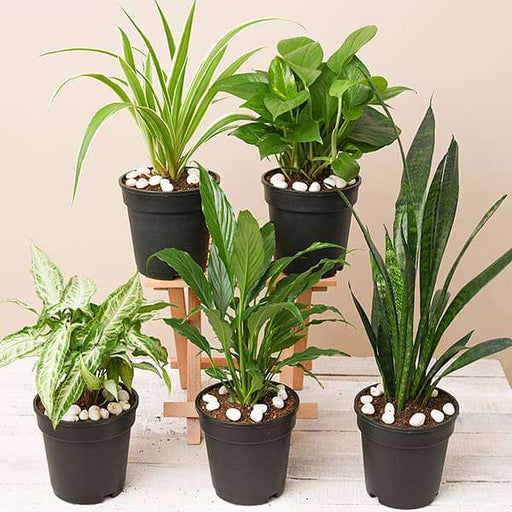
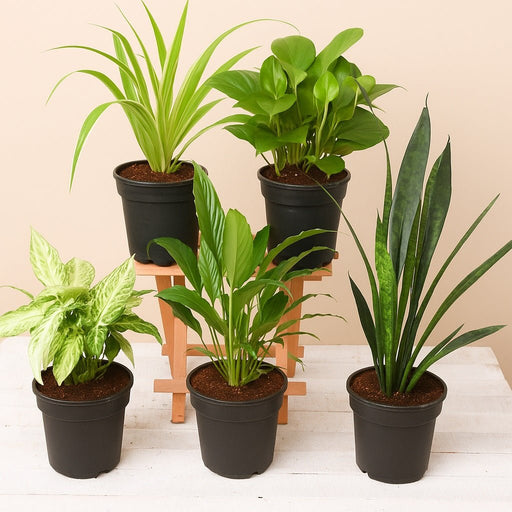 Save 30%
Save 30%
5 Best Indoor Plants Pack Transform your living space into a lush oasis with our '5 Best Indoor Plants Pack.' This carefully curated collection fe...
View full details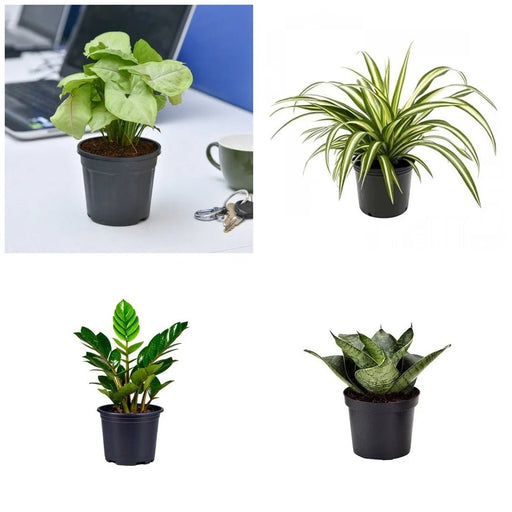
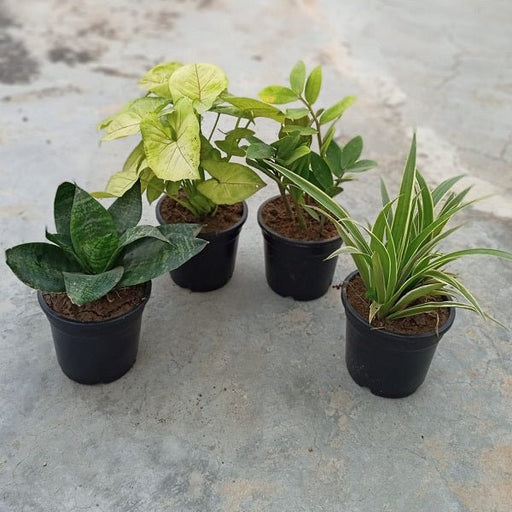 Save 25%
Save 25%
Set of 4 Evergreen Air Purifier Plant Pack Transform your indoor space into a lush, green oasis with our Set of 4 Evergreen Air Purifier Pla...
View full details| SrNo | Item Name |
|---|---|
| 1 | Bush Allamanda (Yellow) Plant |
The Bush Allamanda (Allamanda cathartica) is a stunning tropical plant known for its vibrant yellow flowers and lush green foliage. Native to South America, this perennial shrub can reach heights of up to 10 feet, making it a striking addition to any garden or landscape. Its trumpet-shaped blooms not only add a splash of color but also attract pollinators like bees and butterflies, enhancing biodiversity.
What makes the Bush Allamanda special is its ability to thrive in various conditions, from full sun to partial shade. This hardy plant is not only visually appealing but also serves as a natural privacy screen or hedge. Its fast growth rate and resilience make it a favorite among gardeners looking for quick results.
Special features of the Bush Allamanda include its glossy leaves that provide a beautiful backdrop for the bright yellow flowers, and its ability to bloom year-round in ideal conditions. Additionally, it has a unique ability to tolerate drought once established, making it a low-maintenance choice for busy gardeners.
If you think caring for a plant is as easy as watering your houseplant, think again! The Bush Allamanda requires a bit of TLC, but don’t worry, it’s not a high-maintenance diva. Just give it well-drained soil, a sunny spot, and a sprinkle of fertilizer, and it’ll reward you with vibrant yellow blooms that’ll make your neighbors green with envy.
This plant isn’t just a pretty face; it’s also a speedy grower! With the right conditions, you’ll see it shoot up like a teenager at a buffet. In optimal conditions, it can grow several feet in a single season, making it the overachiever of the garden.
Pruning the Bush Allamanda is like giving it a stylish haircut. Trim it back to encourage bushier growth and more blooms. Just don’t go overboard; we’re not trying to create a botanical buzz cut here!
Every plant has its enemies, and the Bush Allamanda is no exception. Watch out for aphids and spider mites; they’re like the uninvited guests at a party. A little neem oil or insecticidal soap can send them packing, leaving your plant to shine.
This plant is a sun worshipper! It thrives in full sun, soaking up those rays like a beachgoer on vacation. If you want it to bloom like a superstar, make sure it gets at least six hours of sunlight a day.
The Bush Allamanda is a bit picky about its soil, but who isn’t? It prefers well-draining soil that’s rich in organic matter. Think of it as a plant that enjoys a luxurious spa day—no soggy feet allowed!
Fertilizing your Bush Allamanda is like giving it a gourmet meal. A balanced fertilizer during the growing season will keep it happy and healthy. Just don’t overdo it; too much food can lead to a plant that’s all show and no substance.
Get ready for a floral fiesta! The Bush Allamanda typically blooms from spring to fall, showering your garden with bright yellow flowers. It’s like a confetti party, but with petals instead of paper.
Want to multiply your Bush Allamanda? Propagation is easier than you think! Take cuttings in the spring, and with a little patience, you’ll have new plants sprouting up like popcorn.
This plant isn’t just a pretty face; it’s versatile too! Use it as a stunning focal point in your garden, or let it climb a trellis for a vertical splash of color. It’s the Swiss Army knife of landscaping!
Pair your Bush Allamanda with other sun-loving plants for a garden that’s the envy of the neighborhood. Think hibiscus or lantana; they’ll complement each other like peanut butter and jelly.
While the Bush Allamanda is a showstopper, it’s important to note that it’s toxic if ingested. So, keep it away from curious pets and children. It’s a beauty, but let’s not turn it into a horror story!
This vibrant beauty is a tropical shrub known for its stunning yellow flowers. It’s like the sun decided to take root in your garden! Perfect for adding a splash of color, it thrives in warm climates and can grow up to 10 feet tall. Just don’t forget to give it some love and water!
Treat it like royalty! This plant loves well-drained soil and full sun. Water it regularly, but don’t drown it—think of it as a diva that prefers a light misting over a downpour. Prune it to keep its shape and encourage more blooms. Your garden will thank you!
Location, location, location! Choose a sunny spot with well-drained soil. It’s like finding the perfect beach chair—sunny and comfy! Avoid shady areas, as this plant craves sunlight to produce those gorgeous yellow flowers. Just make sure it has enough space to spread its leafy arms!
Get ready for a floral fiesta! This plant typically blooms from late spring to early fall, showering your garden with bright yellow flowers. It’s like a party that lasts for months! Just keep it happy with sunlight and water, and it’ll keep the blooms coming.
Yes, it’s a bit of a drama queen! While it’s beautiful, all parts of the plant are considered toxic if ingested. So, keep it away from curious pets and children who might mistake it for a snack. Admire its beauty from a safe distance, and let it shine without any mishaps!
This plant is a speedy grower, reaching up to 10 feet in just a few years! It’s like the Usain Bolt of the garden world. With the right care, you’ll have a lush, vibrant shrub in no time. Just remember to give it room to stretch its legs!
Absolutely! This plant is versatile and can thrive in containers. Just make sure the pot has good drainage—think of it as giving it a cozy apartment with a view. It’ll still need plenty of sunlight and water, but it’s ready to shine on your patio!
Keep an eye out for aphids and spider mites—they’re the uninvited guests at your plant party! If you spot them, a gentle spray of insecticidal soap or neem oil will send them packing. Your plant deserves a pest-free zone to show off its sunny blooms!
Propagation is like making mini-me’s of your plant! You can take cuttings from healthy stems and root them in water or soil. Just be patient, as it may take a few weeks for roots to form. Soon, you’ll have a whole family of yellow beauties to enjoy!
Yes, pruning is like giving your plant a stylish haircut! Trim it back in early spring to encourage bushier growth and more blooms. Just don’t go overboard—leave some foliage for it to thrive. Your plant will appreciate the fresh look and reward you with a floral extravaganza!
Think of it as a gourmet meal for your plant! It loves well-draining soil rich in organic matter. A mix of potting soil and compost will do the trick. Just avoid heavy clay—your plant prefers a light, airy environment to spread its roots and flourish!